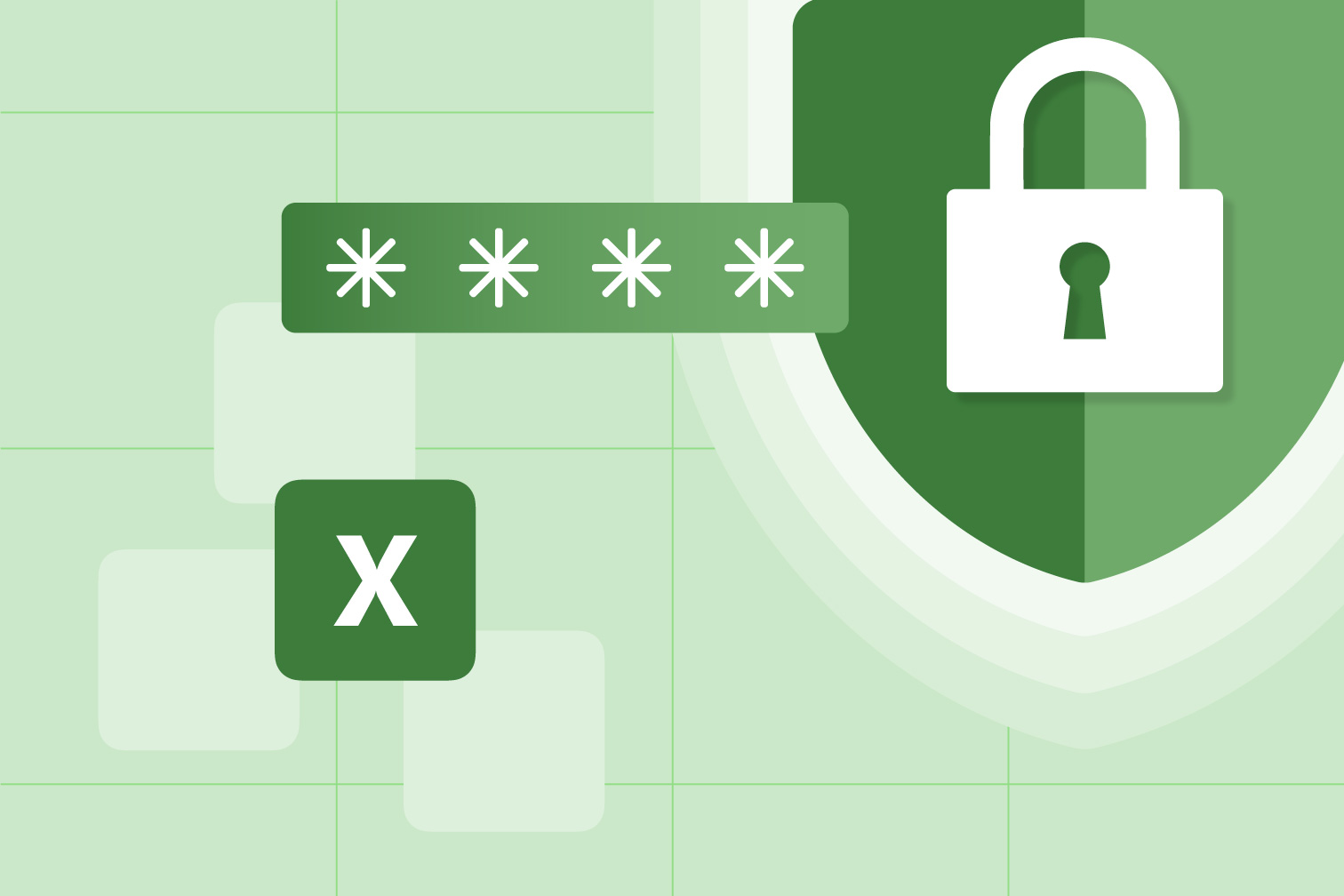Securing Sensitive Data: A Guide to Encrypting Excel Files

Excel files are the backbone of countless business operations, serving as repositories for financial records, project data, and sensitive information. However, with more and more data breaches and cyber threats, securing the data within Excel files has never been more critical. This blog post is your comprehensive guide to encrypting Excel files, offering step-by-step instructions and insights into the importance of data security.
Excel Files and Data Security
Excel files are everywhere in the business world, housing important data that drives decisions and operations. This data ranges from financial reports to customer lists and trade secrets. Given the potential consequences of data breaches, securing this information is vital. Excel encryption is a powerful shield that ensures that your data remains confidential and protected from prying eyes.
The first step in data security is acknowledging the sensitivity information and learning how to encrypt Excel files. Recognizing that even seemingly innocuous data can have significant implications for your business is essential. Whether it’s financial data that could impact stock prices or customer information that could lead to regulatory fines, securing Excel files is crucial for protecting your organization’s reputation and financial stability.
Understanding Encryption Basics
Before encrypting your Excel files, you’ll need to understand the fundamental concepts of encryption. Encryption is the process of transforming plain text data into an unreadable format known as ciphertext. Only individuals with the decryption key can decipher the ciphertext and access the original data. In Excel, this means that your sensitive data can be stored securely, rendering it indecipherable without the proper credentials.
Encryption relies on complex algorithms and mathematical functions to convert data into ciphertext. Modern encryption techniques use advanced algorithms that are virtually impossible to crack without the encryption key. This level of security ensures that even if unauthorized individuals gain access to your Excel files, they won’t be able to make sense of the encrypted data.
Step-by-Step Encryption Process
Encrypting Excel files is a straightforward process that significantly enhances data security. To get started, open the Excel file you wish to encrypt. Navigate to the “File” menu, then select “Info.” From there, choose “Protect Workbook” and then “Encrypt with Password.” You’ll be prompted to enter a strong and unique password. This password will serve as the key to unlocking the encrypted file. Choosing a robust password is critical to ensuring the security of your data.
Once you’ve set a strong password, Excel will encrypt the file, making it unreadable without the password. It’s crucial to select a password that is both complex and not easily guessable. Avoid using common words or phrases and include a combination of uppercase letters, lowercase letters, numbers, and special characters. Additionally, consider using a passphrase—a longer sequence of words or a sentence—as it can be both secure and memorable.
Managing Encrypted Files
Now that your files are encrypted, proper management is essential. Protect the encryption password in a secure location, as losing it can result in permanent data loss. Additionally, consider implementing access controls and permissions to limit who can view or modify the encrypted file. Regular backups of encrypted files are also recommended to prevent data loss in case of unforeseen events.
Password management is a critical aspect of encrypted file management. Storing passwords securely and ensuring that only authorized personnel have access to them is essential. Many organizations use password management tools to securely store and share passwords among team members while maintaining strict access control.
Future-Proofing Your Data Security
Data security is an ever-evolving field, with new threats emerging continuously. To future-proof your security procedures, stay informed about the latest encryption technologies and best practices. Consider adopting encryption standards and protocols recommended by industry experts and regulatory bodies. Regularly review and update your encryption procedures to ensure that your sensitive data remains secure in the face of evolving threats and challenges.
Future-proofing your data security involves staying vigilant and proactive. As cyber threats evolve, encryption techniques and technologies also advance. Staying informed about these changes and adapting your encryption practices accordingly is essential to maintaining robust security practices.
Educate Your Team
Securing data is a team effort, and it’s crucial to educate your team members about the importance of encryption and best practices. Training and awareness programs can help employees understand their role in protecting sensitive data and using encryption effectively. Employees should be aware of the risks of data breaches and the measures in place to mitigate those risks.
Educating your team also extends to teaching them how to recognize phishing attempts and other common cyber threats. Regular training sessions and awareness campaigns can help reinforce the importance of data security throughout your organization.
Passionate Writer, Blogger and Amazon Affiliate Expert since 2014.




























